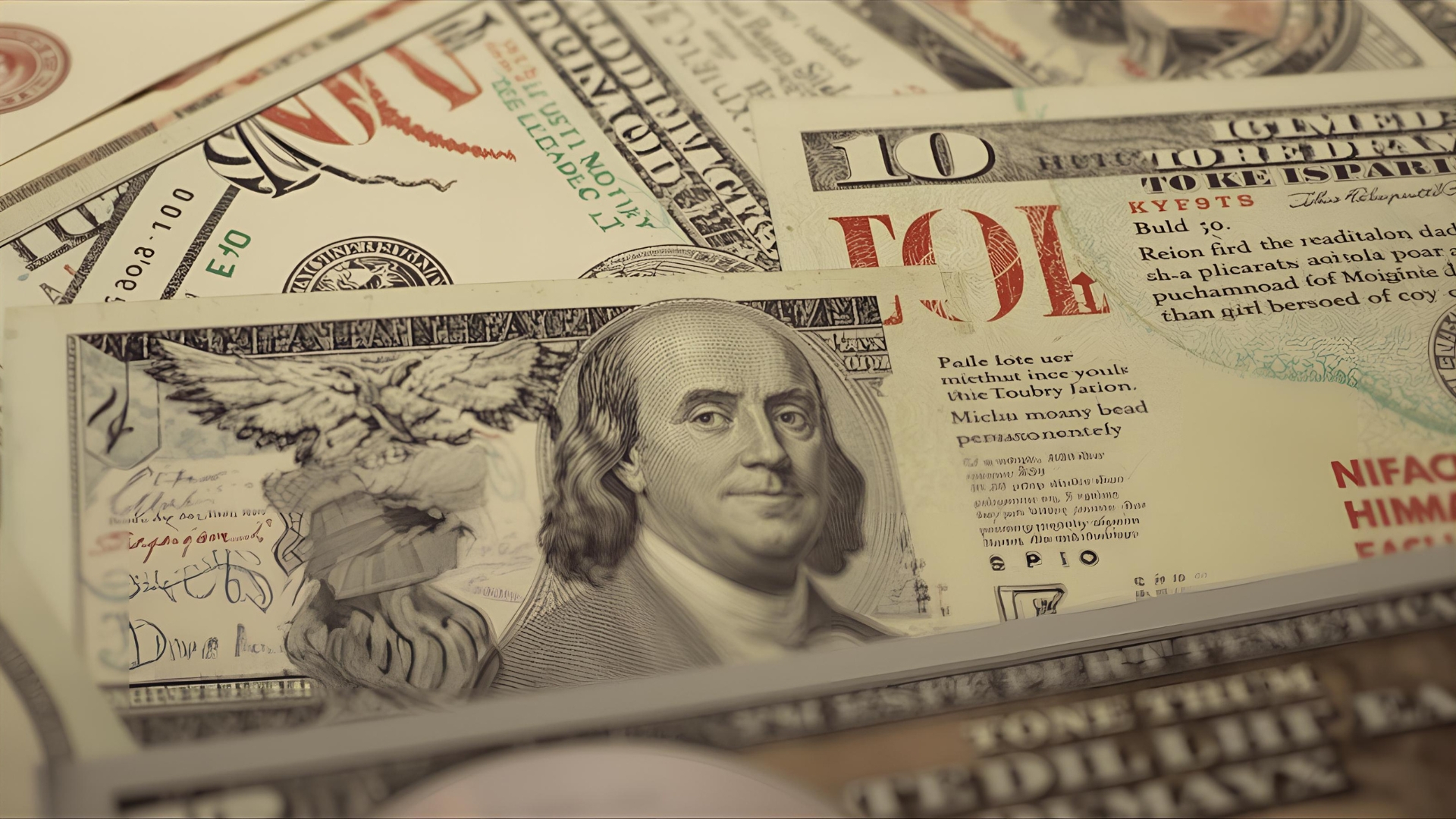Bitcoin Price Rallies on Soft U.S. Inflation Data
Bitcoin price jumps as softer CPI cools inflation fears, boosts Fed rate-cut odds, and lifts risk appetite. What’s next for BTC? Learn the key drivers.

The Bitcoin price has surged as investors digested a softer-than-expected U.S. inflation print, reigniting risk appetite across global markets and pushing BTC into fresh high-ground. The latest Consumer Price Index (CPI) data showed year-over-year inflation around 3.0% in September—slightly below consensus—while core inflation eased, bolstering hopes that the Federal Reserve can continue easing policy into year-end. Crypto markets were quick to respond: BTC spiked toward the $111,000–$112,000 zone as traders priced in higher odds of additional rate cuts and liquidity tailwinds for digital assets.
In this deep dive, we’ll unpack why “soft” inflation is so supportive for BTC and other risk assets, what the new CPI print implies for the Fed’s path, andBitcoin Price Rallies how technicals and on-chain positioning could shape the next leg. We’ll also look at scenario paths—what happens if inflation keeps cooling versus re-accelerates—and close with practical takeaways for traders and long-term allocators.
Why Soft Inflation Matters for Bitcoin
The macro chain: inflation, rates, and risk appetite
When CPI cools, it typically lowers the expected path of interest rates. Lower policy rates reduce the discount rate used to value future cash flows and risk assets broadly, increasing the relative appeal of equities and crypto. The latest CPI report—publishers widely noted a 3.0% YoY headline number with core easing—nudged markets to price in further rate cuts over the coming meetings. This macro impulse helped Bitcoin rip higher intraday and boosted indexes like the S&P 500 to record territory, underscoring a broad risk-on rotation.
Liquidity and the “hard asset” bid
Softer inflation paired with easier policy also supports the narrative of BTC as a scarce digital asset with a fixed issuance schedule. As real yields drift lower on rate-cut expectations, the opportunity cost of holding non-yielding assets like Bitcoin diminishes. Historically, early easing cycles have coincided with crypto upswings, though later-cycle cuts can be more mixed—an important nuance for positioning.
What the New CPI Print Actually Said

The headline and core details
Multiple outlets reported that September CPI rose 3.0% year-over-year, a touch under economists’ expectations, with month-over-month at 0.3%. Core CPI—stripping out food and energy—also hovered near 3.0%. Notably, gasoline surged on the month, but cooling shelter components helped offset the headline. With an ongoing federal shutdown complicating releases, this CPI report carried even more market weight than usual.
Why “just under estimates” is a big deal
Markets trade the surprise, not the absolutes. Even a tenth below consensus can meaningfully shift the forward rate path when the Fed is already in cutting mode. As desks recalibrated terminal-rate odds and the pace of cuts, BTC caught a tailwind—spiking above $111,000–$112,000 intraday before consolidating
Real-Time Market Reaction: Bitcoin Pops, Risk On
BTC breaks higher as rate-cut odds build
Following the CPI release, Bitcoin’s knee-jerk rally took it into the low-$110K range, with some venues printing highs near $112K before sellers capped the move. Coverage from crypto and mainstream outlets emphasized two themes: softer CPI and rising confidence in continued rate cuts. The correlation with equities surfaced as the S&P 500 notched fresh records alongside the BTC pop.
Volatility around the data
Macro prints often produce whipsaws as algos and discretionary traders react to the first headline, then re-price as they parse the internals. We saw that oscillation here: a sharp ramp, a quick fade, then attempts to base. In the days preceding the release, BTC had already been choppy as participants front-ran a potential “soft CPI” outcome; that volatility likely amplified the post-print swings.
The Federal Reserve Angle: Why BTC Cares
From restrictive to less restrictive
Fed cuts reduce real yields and the cost of capital, encouraging risk-taking. With the September print under expectations, markets leaned further into the view that the Fed can continue normalizing from restrictive settings. As one live-blog put it, this report would “play a major role” in how much the Fed cuts this year—precisely the kind of macro fulcrum that crypto tracks closely.
Early-cut vs. late-cut dynamics
Historical studies show Bitcoin often benefits most from the early innings of an easing cycle, where growth is adequate and liquidity is improving. Later-cycle cuts, by contrast, can coincide with deteriorating macro conditions that sap risk appetite. That context argues for disciplined position sizing and scenario planning rather than an “all-in” approach purely on soft CPI.
Technical Landscape: Levels That Matter After the CPI Pop

Immediate resistance and support
Intraday reporting flagged $112,000 as a key near-term resistance where order books thickened and the rally initially stalled. On the downside, prior breakout zones in the $108,000–$109,000 range are worth watching as first-line supports—a successful “retest and hold” would keep momentum constructive. Should buyers absorb supply above $112,000, the path opens toward the $120K–$125K area that several desks highlighted ahead of earlier inflation prints.
Momentum and confirmation
Momentum indicators tend to lag during macro-driven spikes. Traders often look for confirmation on higher time frames: a strong daily close above resistance, expanding volume on up-days versus down-days, and constructive funding/financing rates in derivatives. Post-CPI, a brief cooldown that resets intraday oscillators—without losing key higher-lows—would be a healthy setup for trend continuation.
On-Chain and Flows: Who’s Doing the Buying?
Spot vs. derivatives
Soft inflation headlines typically attract short-dated options flow and perpetual futures activity first, followed by spot interest if the move proves durable. The quality of this rally will be clearer if we see persistent spot demand from high-conviction holders rather than only a leverage-driven spike that fades as funding normalizes.
ETFs and the institutional bid
U.S. spot Bitcoin ETFs have become pivotal in price discovery, especially on macro days. Elevated creations on or after a soft CPI would suggest that discretionary institutions are leaning into the easing narrative. Conversely, light ETF flows paired with overheated perps would caution that speculation is ahead of real demand.
Scenario Analysis: What Could Happen Next?
Scenario A: Inflation continues to cool
If subsequent prints sustain a downward glide path—especially in sticky components like shelter—markets will likely keep pricing a friendlier policy mix. In this scenario, Bitcoin could challenge and potentially clear the $112K cap, exposing $120K–$125K. Rotations from defensive assets into growth and “hard assets” could add incremental fuel.
Scenario B: Inflation plateaus around 3%
If CPI sticks near 3% for several months, the Fed may cut but tread carefully. That “slow-drip” easing can still support BTC, but rallies might be punctuated by data-day volatility and profit-taking. Range trading between recent highs and the $105K–$109K shelf would be common in this middle path.
Scenario C: Inflation re-accelerates
A re-acceleration—driven by energy or tariff passthrough—would challenge the risk-on thesis. Rate-cut odds would shrink, real yields could pop, and Bitcoin would likely revisit deeper supports. Recent reporting has already flagged the tension between moderating shelter and sticky components like energy and goods; traders should keep a close eye on those sub-indexes.
Strategy Considerations: Balancing Opportunity and Risk
For short-term traders
Data-day impulses can be powerful but ephemeral. Many short-term traders prefer to fade the first move into known liquidity pockets, then ride the secondary trend once the market chooses direction. Keeping risk tight around structural levels—like the pre-print balance and the $112K rejection zone—can help maintain favorable trade location.
For long-term allocators
If your investment case centers on multi-year adoption, macro days still matter because they drive dollar-cost-averaging signals and rebalance schedules. Soft CPI with continued easing argues for maintaining a core allocation while avoiding over-concentration. Long-term allocators often stagger entries over several sessions to reduce timing risk.
See More: Bitcoin Whales Surge $580M Buy Spree & Underground Altcoins
Beyond CPI: Other Catalysts on the Radar
Employment and growth data
While the shutdown delayed or complicated some releases, upcoming labor and growth signals will refine the Fed path. Markets will parse private payroll proxies if official releases lag. For BTC, a “soft-landing” mix—slowing but resilient growth, easing inflation—would be ideal for sustained risk appetite.
Liquidity and cross-asset cues
Watch real yields, the dollar index, and equity breadth. The CPI day rally in stocks alongside BTC underscores how cross-asset liquidity conditions are swinging in tandem right now. Sustained equity leadership and benign credit spreads would corroborate a “green light” regime for crypto.
FAQs
Q: Why does a softer CPI print boost the Bitcoin price?
Because cooling inflation lowers the expected path of interest rates, which lifts risk appetite and reduces real yields. That combination improves the relative appeal of BTC and other long-duration assets, often translating into immediate upside on data days.
Q: Did BTC really jump above $111K–$112K on the CPI release?
Yes. Multiple outlets reported BTC spiking to roughly $111K–$112K intraday following the softer CPI print, before consolidating below that area as sellers re-engaged.
Q: What levels should traders watch now?
Near-term resistance sits around $112,000, with first support in the $108,000–$109,000 zone. A decisive close above $112K opens a path toward $120K–$125K if momentum follows through.
Q: How do Fed cuts typically affect Bitcoin?
Historically, early easing phases have supported BTC as liquidity improves, while later-cycle cuts can be less bullish if they coincide with deteriorating growth. Context matters, which is why traders pair macro views with price confirmation.
Q: What could derail the bullish impulse from soft CPI?
A renewed upswing in inflation, a sharp rise in real yields, or risk-off shocks in equities or credit could all cap crypto upside. If CPI re-accelerates, the Fed’s cutting path would come into question, likely pressuring Bitcoin back toward lower supports.



